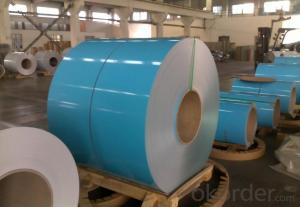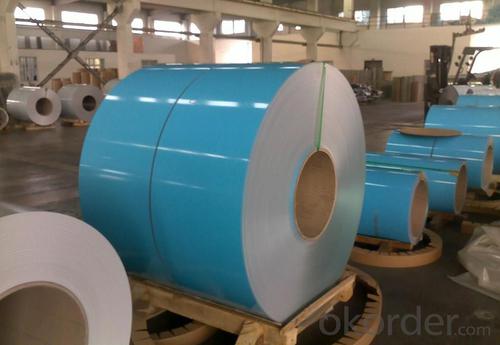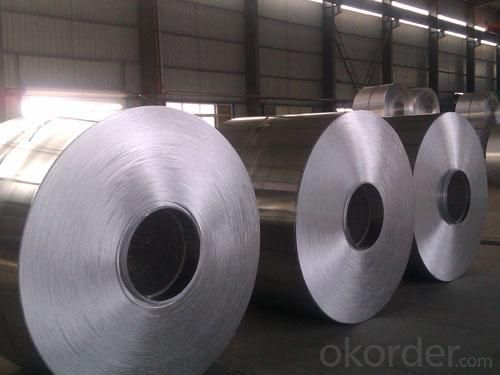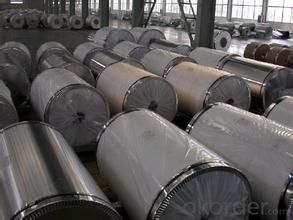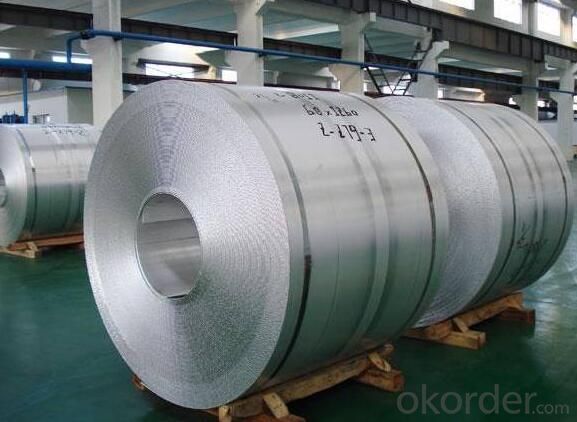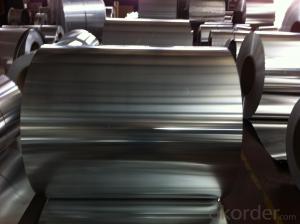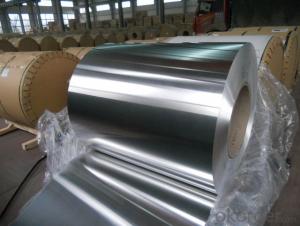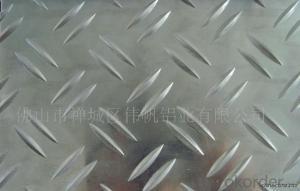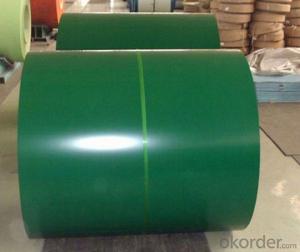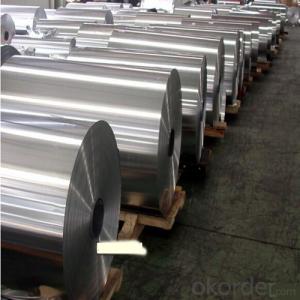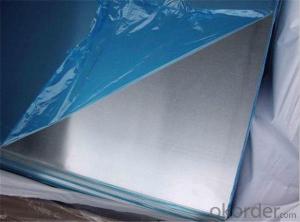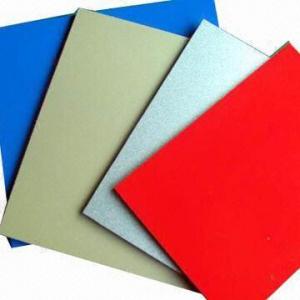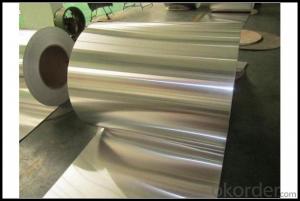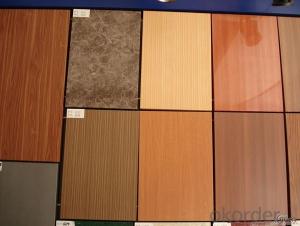Sign Aluminum Sheets - Hot Sale Powder Coated Painted Aluminum Sheet 2024 2A11 2A12
- Loading Port:
- Shanghai
- Payment Terms:
- TT OR LC
- Min Order Qty:
- 5 m.t.
- Supply Capability:
- 20000 m.t./month
OKorder Service Pledge
OKorder Financial Service
You Might Also Like
Specification
Aluminum Sheet for Making Aluminum Composite Panel
Aluminum sheet specifications:
1) Alloy : 1050 1060 1070 1100 2024 3003 3004 3105 3A21 5005 5052 5083 5754 5182 5454 5456 6061 6063 7075 8011 etc
2) Temper: O/H12/H14/H1/H18/H32/H34/H36/H38//H111/H112/H116/H321/T6/T651/T3/T351 etc
3) Thickness: 0.1mm to 300mm
4) Width:20mm to 3300mm
5)Length: ≤ 12000mm
6) Protective film can be added
7) Production Line: DC and CC production line
Discription:
Width: 50-800mm
Thickness: 8-25mic
Length: 3-300m
Character:
High-temperature sterilization
Made of advanced food grade alu material,no pollution
Eco-friendly, recoverable and recyclable
Application:
widely used for food cooking, freezing wrapping, storing etc, the main application are for household and catering, which are targeting for retail market and food service market, such as hypermarket, chain store and hotel, restaurant etc.
Packing:
One roll in an individual box or printed PP bag
Certain quantities in a standard carton
Depends on customer’s request
Service
1. We have the good and professional team, have a good after-sales service.
2. Accept any drawings or your samples to develop new product.
3. Offer relateive technical support,quick response,all your inquire will replied within 24 hours.
4. OEM, buyer design, buyer label services provided.
5. Have the certification of ISO 9001, SGS.
6. Special discount and protection of sales area provided to our distributor.
FAQ
Q1:Do you provide sample? How many days will samples be finished?
Free samples will be provided if needed, but customers should undertake shipping cost or freight charges, samples will be finished in 5-7days
Q2: Can we visit your factory?
Welcome to our factory at any time.
Q3: Complaint solving process
Finding your salesman—Salesman provide you the solution (If it’s our responsibility, we will resend substitutes or return money or provide discount for your next order, etc.; If it’s shipping company’s responsibility, we will also help you until the problem is resolved.) —If salesman can’t solve your problem, please call our manager .
Q4: Delivery time
3~30working days after confirming the payment. If the order is urgent, we will push our workers to finish in advance.
Q5: What's your MOQ?
Normally 8MT are requested as the minium order quantity ,we shall give
additional instructions in special circumstances.
Q6: What are the terms of payment and currencies do you accept?
T/T or L/C is accepted, currently we appreciated your payment through
USD,EUR, RMB
Q7: Do you accept customized orders?
Yes, we do. Your customized orders are always welcomed. Please kindly offer us your samples or drawings, so that we can customize the products according to your preferences. About any further detail, please feel free to contact us.
Q8: What information should I let you know if I want to get a quotation?
Your detailed requirements regarding the products's dimensions, including shape, thickness, top out (length*width*height), and your order quantity are highly appreciated if you want further information about our quotation
Q9: How about the mass production?
The lead time of mass production depend on quantity, usually 25-30days (20FT) .
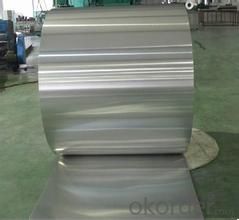
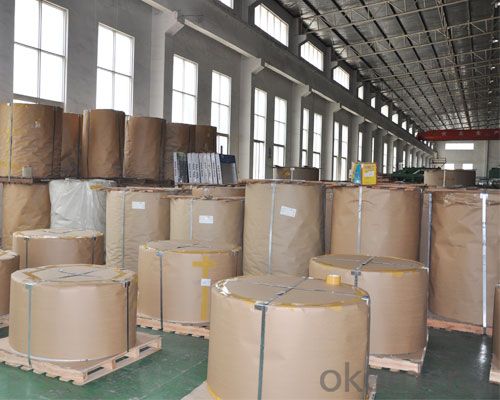
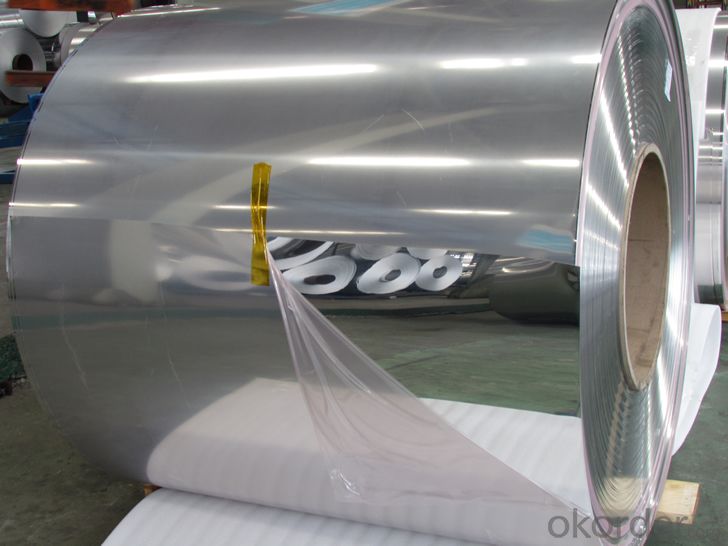
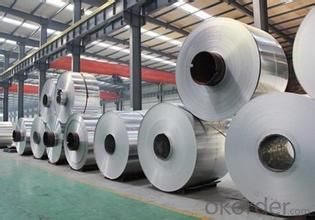
- Q: This question asks about the various types of aluminum sheets that are commonly used for roofing purposes, including their specific applications and characteristics.
- <p>Aluminum sheets used for roofing come in various types, each with unique properties and applications. The main types include: 1) Corrugated Aluminum Sheets: Known for their strength and durability, these are often used in commercial and industrial roofing due to their ability to withstand harsh weather conditions. 2) Standing Seam Aluminum Sheets: These provide a sleek, clean look and are favored for their water-resistant properties, making them ideal for residential and architectural applications. 3) Flat Aluminum Sheets: Offer a smooth surface finish and are used where a uniform appearance is desired. 4) Perforated Aluminum Sheets: These have small holes that allow for ventilation, reducing heat build-up and are used in areas requiring natural light and air circulation. 5) Embossed Aluminum Sheets: With a textured surface, they provide added rigidity and are used in both residential and commercial settings for their aesthetic appeal. Each type is chosen based on the specific needs of the roofing project, such as design, weather resistance, and longevity.</p>
- Q: This question asks for a comparison between aluminum sheets and other types of sheet metal regarding their strength and durability.
- <p>Aluminum sheets are known for their high strength-to-weight ratio, making them lighter than many other sheet metals such as steel. They offer excellent corrosion resistance, which contributes to their durability. However, in terms of sheer strength, aluminum is not as strong as steel or titanium. Steel is stronger but also heavier, and while titanium is very strong and durable, it is also more expensive and less commonly used in construction and manufacturing. Aluminum's malleability allows it to be easily shaped and formed, and it is also non-magnetic and has good thermal conductivity. Overall, aluminum is a popular choice for applications requiring a balance between strength, weight, and resistance to corrosion.</p>
- Q: What are the different joining methods for aluminum sheets?
- Aluminum sheets can be joined using various methods, each with its own advantages and considerations. Common techniques for joining aluminum sheets include: 1. Welding: Aluminum sheets can be welded together by melting them and using a filler material. Welding techniques like gas tungsten arc welding (GTAW), gas metal arc welding (GMAW), or laser welding are commonly used. Welding creates strong and durable joints, but it requires skilled labor and can be time-consuming. 2. Adhesive bonding: Another method is adhesive bonding, where a specialized adhesive or glue is applied to the surfaces to be joined. Adhesive bonding offers benefits like excellent corrosion resistance, uniform stress distribution, and the ability to join different materials. However, it requires proper surface preparation and can be affected by temperature and humidity. 3. Mechanical fastening: Mechanical fastening involves using bolts, screws, rivets, or clips to join aluminum sheets. It is a simple and cost-effective method that allows for easy disassembly if needed. However, it may create stress concentrations around the fasteners and the joints may not be as strong as welded ones. 4. Friction stir welding: Friction stir welding is a newer method gaining popularity for aluminum sheets. It involves rotating a non-consumable tool along the joint line, generating friction and heat that softens and joins the sheets. Friction stir welding offers benefits like high joint strength, low distortion, and defect-free welds. However, it requires specialized equipment and is limited to certain sheet thicknesses. 5. Clinching: Clinching is a cold joining method that deforms the sheets using a punch and die without melting them. The sheets are pressed together under high pressure, creating a mechanical interlock. Clinching is a fast and cost-effective method that doesn't require additional materials, but it may cause visible surface deformation. When choosing a joining method for aluminum sheets, factors like joint strength, corrosion resistance, aesthetics, production cost, and specific application requirements should be considered. Each method has its own advantages and limitations, so the most suitable technique depends on the project's specific needs.
- Q: Are aluminum sheets corrosion-resistant?
- Yes, aluminum sheets are corrosion-resistant. Aluminum has a natural oxide layer that forms on its surface, which acts as a protective barrier against corrosion. This oxide layer is highly stable and prevents further oxidation from occurring. Additionally, aluminum is non-reactive to many common corrosive substances such as saltwater, acids, and alkalis. However, in certain environments or under specific conditions, aluminum may still be prone to corrosion. For example, in highly acidic or alkaline environments, aluminum may corrode at a faster rate. Therefore, it is important to consider the specific application and environment when using aluminum sheets to ensure optimal corrosion resistance.
- Q: What are the typical thickness options for aluminum sheets?
- Depending on the specific application and industry requirements, the thickness options for aluminum sheets vary. However, a range of thicknesses is commonly available for aluminum sheets. Some of the most frequently used thickness options include 0.025 inches (0.635 mm), 0.032 inches (0.81 mm), 0.040 inches (1.02 mm), 0.050 inches (1.27 mm), 0.063 inches (1.6 mm), 0.080 inches (2.03 mm), and 0.125 inches (3.18 mm). These thicknesses are widely utilized in industries such as aerospace, automotive, construction, and manufacturing. It's important to note that specialty aluminum sheets may offer even thicker options, tailored to the specific requirements of a given project.
- Q: which has greater density 5 kg of lead or 10 kg of aluminum
- Pay attention to the terms in the questions! Under normal conditions, 5kg of lead has more density but less mass than 10kg of aluminum.
- Q: How are aluminum sheets cleaned and maintained?
- Achieving effective cleanliness and maintenance for aluminum sheets can be accomplished through a straightforward process. To commence, it is crucial to eliminate any loose dirt or debris from the sheet's surface. This can be accomplished by utilizing a soft brush or cloth to gently sweep away the particles. Subsequently, a mild detergent solution can be concocted by combining a small quantity of dish soap or a specialized aluminum cleaner with warm water. This solution ought to be applied to the sheets utilizing a soft sponge or cloth. It is essential to steer clear of abrasive materials or cleaners containing harsh chemicals, as these may inflict harm upon the aluminum surface. Once the detergent solution has been applied, the sheets should be thoroughly rinsed with clean water to eradicate any residue. It is pivotal to guarantee the complete removal of all soap or cleaner, as any remaining residue could result in staining or discoloration over time. Upon ensuring the sheets are clean, they should be dried using a clean, soft cloth or towel. This measure aids in preventing the formation of water spots or streaks on the surface. It is imperative to refrain from utilizing abrasive materials or engaging in vigorous rubbing, as this could lead to scratches on the aluminum. Regarding maintenance, it is advisable to regularly inspect the aluminum sheets for any indications of damage or corrosion. If any areas are discovered to be compromised, immediate repair or replacement should be undertaken to prevent further deterioration. Furthermore, applying a protective coating to the aluminum sheets is advantageous. This can be achieved by employing a specialized aluminum sealant or a clear lacquer. Such a coating serves to safeguard the surface against environmental factors like moisture, sunlight, and pollutants. In conclusion, the process of cleaning and maintaining aluminum sheets necessitates gentle and regular cleaning with a mild detergent solution, thorough rinsing, and drying with a soft cloth. Additionally, inspecting for damage and applying a protective coating can contribute to extending the longevity and enhancing the appearance of the sheets.
- Q: Aren't metals in general (and aluminium in particular) excellent heat conductors?
- Yes aluminium is a good heat conductor, which is why it is used as a heatsink to dissipate heat from electronic components like the CPU in you laptop. The idea of the aluminium stand for your laptop is to raise it up from the desktop surface, allowing air to pass between the gap and extract the heat from the aluminium stand as your laptop heats up with use.
- Q: What is the density of aluminum sheets?
- The density of aluminum sheets typically ranges from 2.7 to 2.9 grams per cubic centimeter.
- Q: I don't know if the electrons are being passed from my hand to the aluminum or from the aluminum to my hand.Thanks
- Aluminum is a metal and a good conductor of electricity. If you touch it, it will get grounded, so it will be neutral. You cannot charge a metal up by touching it with your hand unless you are not grounded yourself. If you are standing on a piece of plastic, say, then it will take whatever charge is on you. If you are positive, it will become positive. If you are negative, it will become negative. But you must be insulated from ground to do that. If you are touching the ground then any charge on the aluminum will just flow out of the metal through you to ground and the aluminum will stay neutral
Send your message to us
Sign Aluminum Sheets - Hot Sale Powder Coated Painted Aluminum Sheet 2024 2A11 2A12
- Loading Port:
- Shanghai
- Payment Terms:
- TT OR LC
- Min Order Qty:
- 5 m.t.
- Supply Capability:
- 20000 m.t./month
OKorder Service Pledge
OKorder Financial Service
Similar products
Hot products
Hot Searches
Related keywords
